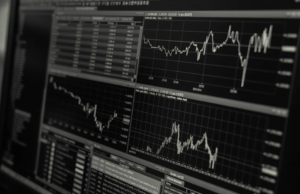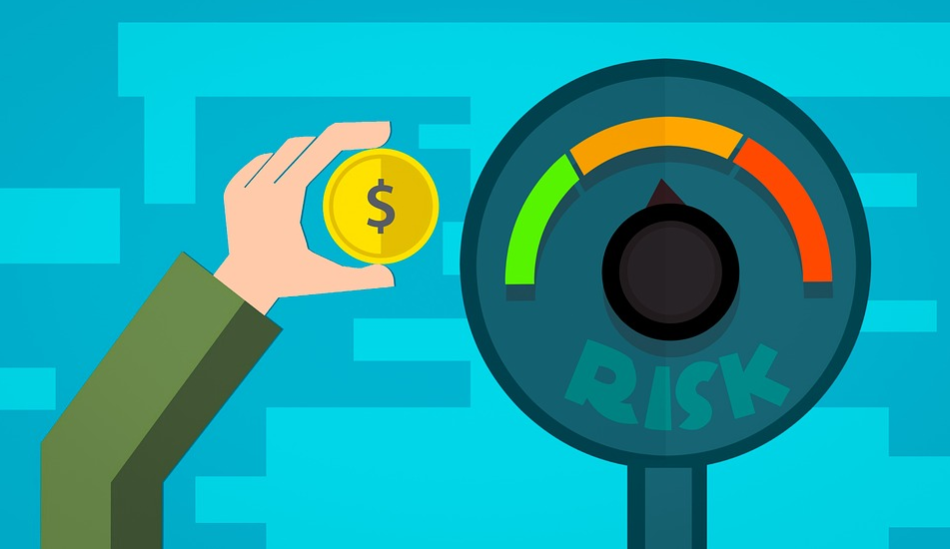Everyone should understand that risk management is important in financial matters as it sometimes has a poor connection with credit. Financial institutions even have to hire a credit risk specialists to examine economic indices, data, assets, news, and other variables to calculate credit stocks‘ risks. It is a crucial matter where huge losses might fall in certain scenarios with a higher credit risk on the investment decision. These specialists must consider any possible changes that affect the regulation and policy in the financial situation.
It is also essential to assess the stocks with credit risks because poor mortgage loans might cause credit market problems. It can affect the company stocks, as risky investments can radically reduce the organization’s shares’ prices. Also, credit risk can increase the cost of both individuals and businesses’ borrowings. In the worst case, organizations may be forced to discontinue their expansion plans. Read more on the types of credit risks related to stock below to comprehend the issues associated.
Industry Risk
 Some industries might have a high credit risk when falling share prices in the stock market happen. The economic downturn affects the bank to cancel many bad credits. The same thing goes with the insurance companies that invest many of the insured dollars in the stock market’s shares. Therefore, knowing the credit risk of the industry is essential for investors.
Some industries might have a high credit risk when falling share prices in the stock market happen. The economic downturn affects the bank to cancel many bad credits. The same thing goes with the insurance companies that invest many of the insured dollars in the stock market’s shares. Therefore, knowing the credit risk of the industry is essential for investors.
Debt Refinance Risk
 Many banks and other financial organizations depend on debt to fund their running program. Also, they have to reevaluate the loans and credit terms and status to pay off the debt. The company that works on refinancing during higher credit risk might face a higher cost to operate, affecting their share prices to be lower. In this case, the ratio of debt and equity provides an excellent indication of share prices. A zero ratio generally means free of debt, and a higher ratio leads to higher debt. This ratio is a great indicator of your credit risk for various stocks. If you want to know your ratio of debt, you can access them on many public websites.
Many banks and other financial organizations depend on debt to fund their running program. Also, they have to reevaluate the loans and credit terms and status to pay off the debt. The company that works on refinancing during higher credit risk might face a higher cost to operate, affecting their share prices to be lower. In this case, the ratio of debt and equity provides an excellent indication of share prices. A zero ratio generally means free of debt, and a higher ratio leads to higher debt. This ratio is a great indicator of your credit risk for various stocks. If you want to know your ratio of debt, you can access them on many public websites.
Balance Sheet Risk
 Financial institutions earn more than they need to manage the business, so they have to invest in funds or treasury bonds. However, these investments are not necessarily safe because companies might invest in less secure mortgages. This credit risk can drastically reduce a company’s share price. The balance sheet data of stock can be viewed on a website. An investor should select quarterly data to monitor the most recent quarterly amounts and compare its current asset in the balance sheet investment. It might cause a huge credit risk for the investor if the existing assets exceed the short or long term investment.
Financial institutions earn more than they need to manage the business, so they have to invest in funds or treasury bonds. However, these investments are not necessarily safe because companies might invest in less secure mortgages. This credit risk can drastically reduce a company’s share price. The balance sheet data of stock can be viewed on a website. An investor should select quarterly data to monitor the most recent quarterly amounts and compare its current asset in the balance sheet investment. It might cause a huge credit risk for the investor if the existing assets exceed the short or long term investment.
Recession Risk
Although all the risk evaluations above are a great path to rescue the investor from credit risk issues associated with investment and stocks, they are not enough to help during the bearish economic downturn. A recession risk can take down a huge credit risk, regardless of whether you can think of good management of the various credit risk types. Thus, ensure to evaluate and calculate the investor’s investment portfolio, the incremental risk of their credit risks, and their proportionality.








